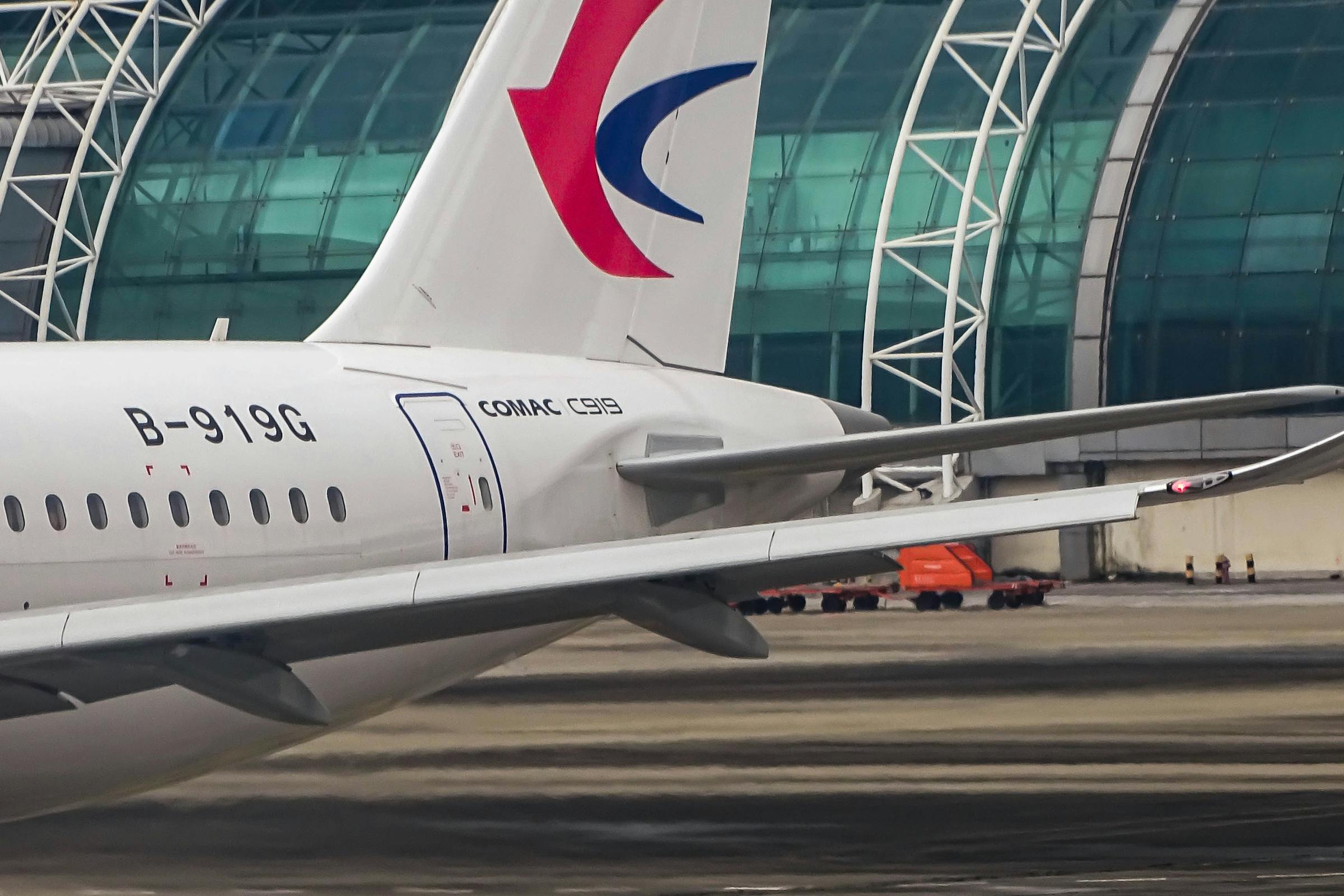China’s Commercial Aircraft Corporation (COMAC) has made significant strides in the global aviation industry by expanding its presence into Vietnam. The move, marked by a deal to supply COMAC’s C919 and ARJ21 jets to Vietnamese carriers, signals China’s intent to challenge established players like Boeing and Airbus in the competitive aviation market.
Vietnam, with its rapidly growing economy and increasing demand for air travel, represents a strategic market for COMAC. The deal highlights a broader effort by China to leverage its manufacturing capabilities and establish a foothold in Southeast Asia, a region with burgeoning aviation needs. Analysts see this as a pivotal moment in COMAC’s journey to assert itself as a serious contender in the global aviation sector.
The C919, China’s first domestically produced large passenger jet, has been positioned as a competitor to Boeing’s 737 and Airbus’s A320. Similarly, the ARJ21 caters to regional air travel, appealing to smaller airlines and routes. These aircraft, supported by competitive pricing and substantial government backing, are integral to COMAC’s strategy to secure international market share.
However, challenges remain for the Chinese manufacturer. While COMAC has made progress, concerns about certification processes, performance benchmarks, and the ability to meet global safety standards persist. Additionally, competing against established aviation giants will require sustained efforts in technology innovation, after-sales support, and customer trust.
Vietnam’s adoption of COMAC jets underscores the growing influence of China in the region and reflects Vietnam’s willingness to diversify its aviation partnerships. As Southeast Asia’s air travel market continues to expand, COMAC’s presence in Vietnam could pave the way for more opportunities across the region. This development is not only a milestone for COMAC but also a testament to the shifting dynamics in global aviation. By penetrating new markets and offering alternatives to traditional players, COMAC aims to reshape the industry while signaling China’s ambitions to become a major player in high-tech manufacturing on the global stage.


